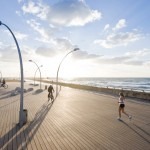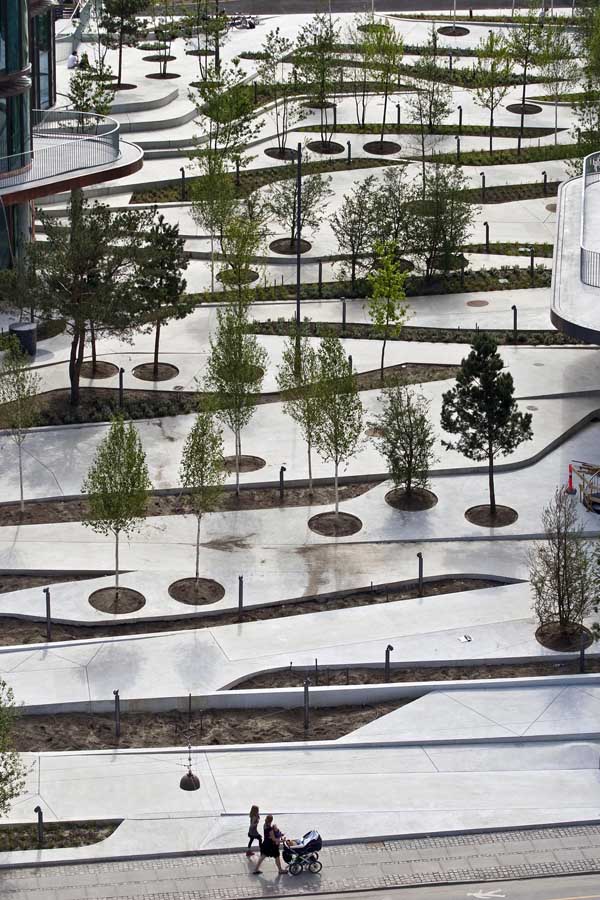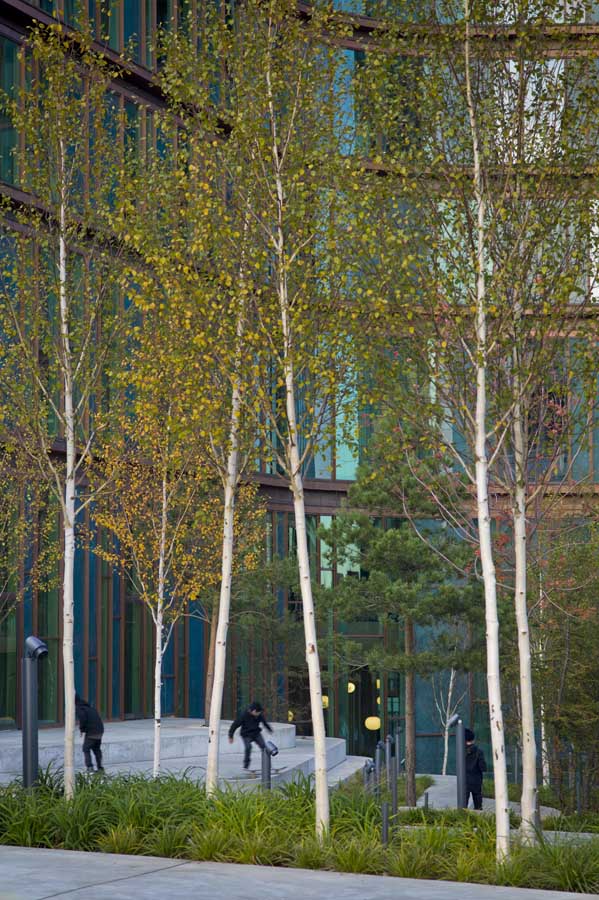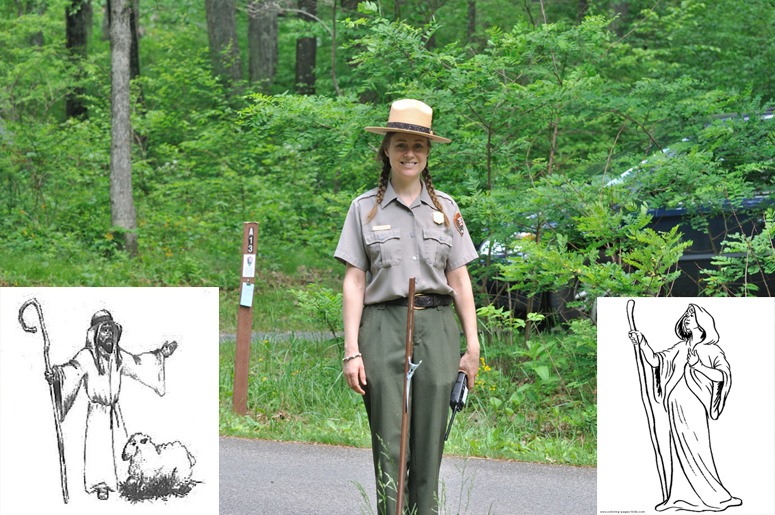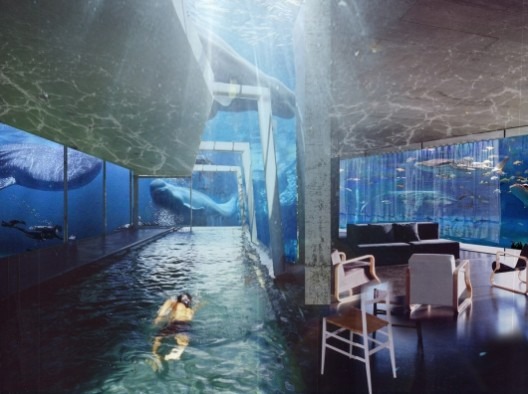As we await two expected tropical cyclones in North Queensland the following questions have a particular poignancy. What is the solution to coast inundation? Are there ways in which we can get used to getting wet and enjoy it as part of the experience – akin to playing in the surf?
While the Israeli port project may not offer the solution to the landfall of tropical cyclones, it might inspire ways to accommodate a slightly less defined and changeable boundary between the sea and land.
Mayslits Kassif Architects urban regeneration of the Tel Aviv Port is a landmark project which saw “the suspension of all the area’s rezoning plans” and set a precedent for “transformation not propelled by building rights, but by a unique urban design strategy.” The project received the 2010 Rosa Barba European Landscape Prize.

